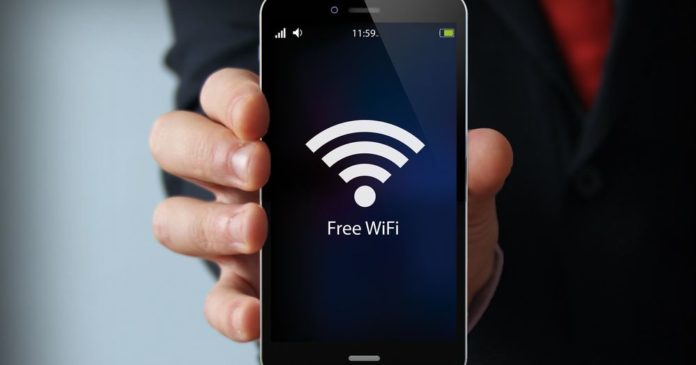
Many cities and facilities are offering free Wi-Fi to their constituents. Whether it’s an airport, a cafe or an entire city – there’s virtually free Wi-Fi in every corner of the globe. And while we like the idea of being able to get our “Internet fix” while on the go, we must warn you that this free Wi-Fi comes with a caveat. As the saying goes – there is no such thing as a free lunch.
What’s the catch?
Most free Wi-Fi networks require users to submit their email addresses whether directly or by signing-up through Google, Facebook, Twitter or some other single-sign service — when they will get an email address of the user.
From that point on, the Wi-Fi network operator lets you “in” and yes, you are free to access the Internet, but… You should know that someone is always watching. And that’s the catch…
Instead of paying with money you pay with your privacy
When you use a free Wi-Fi, the Wi-Fi network operator is effectively your Internet Service Provider (ISP) and like any ISP, it can track every move you make online. After all, you’re accessing the Internet through its routers and they can pinpoint every single website or service you’re visiting.
This data can further be sold to third parties who are willing to create databases of users and offer them products and services that match their online behavior. That “online behavior”, in case you wonder, goes beyond the list of sites you’re visiting to also include your search queries, the list of apps you’re using, files you’re downloading, music you’re streaming and more.
Yup, that’s pretty scary but, as far as advertisers are concerned, that’s valuable information they could and will use to promote their offerings to the unsuspected audience.
Suddenly, you will start seeing ads that match your interest, that are more compelling than “generic” ads. And at the end of the day, you are turned into a product — an entry into the database that is valuable to some companies.
However, the scariest thing is that most users have no clue this is happening while they’re using free Wi-Fi. Sure, there are “Terms of Service” and “Privacy Policy” documents that usually explain all this – but who reads them. These are very long documents compiled by savvy lawyers, designed to protect the Wi-Fi operator — rather than you, the user.
Public Wi-Fi hotspots are a “hot” topic
Cybersecurity experts from all over the world are cautioning users to stir away from using public Wi-Fi and their reasoning is sound. Not only will your privacy be intruded on this network, but you also face a security risk if the network is operated in an insecure manner. If that’s the case, someone could snoop into your traffic and potentially get ahold of your personal information.
The number of these so-called “man in the middle” attacks have been increasing in recent years, propelled by a number of easy-to-use tools that make this possible. This is no longer something only the super tech-savvy individuals could perform, but also kids that like experimenting with apps and networks.
How to protect yourself?
Sometimes you can’t avoid using free Wi-Fi and that’s ok. Whether there is an email that needs to be sent ASAP or you just need to say “Hi” to your family.
When such a need arises, you must have a VPN running on your devices — not just your computer, but also your smartphone and even a tablet, if you have one. A VPN will encrypt all data that goes from your device to the rest of the Internet (and the other way round), making it unusable for any hacker that manages to intercept it. This will make your communication that much more secure. And that, in case you wonder, is how we roll.
With a VPN running on my computer and smartphone, I no longer shy away from the free Wi-Fi — knowing that I brought a big gun to the party. You should do that too. 😉
